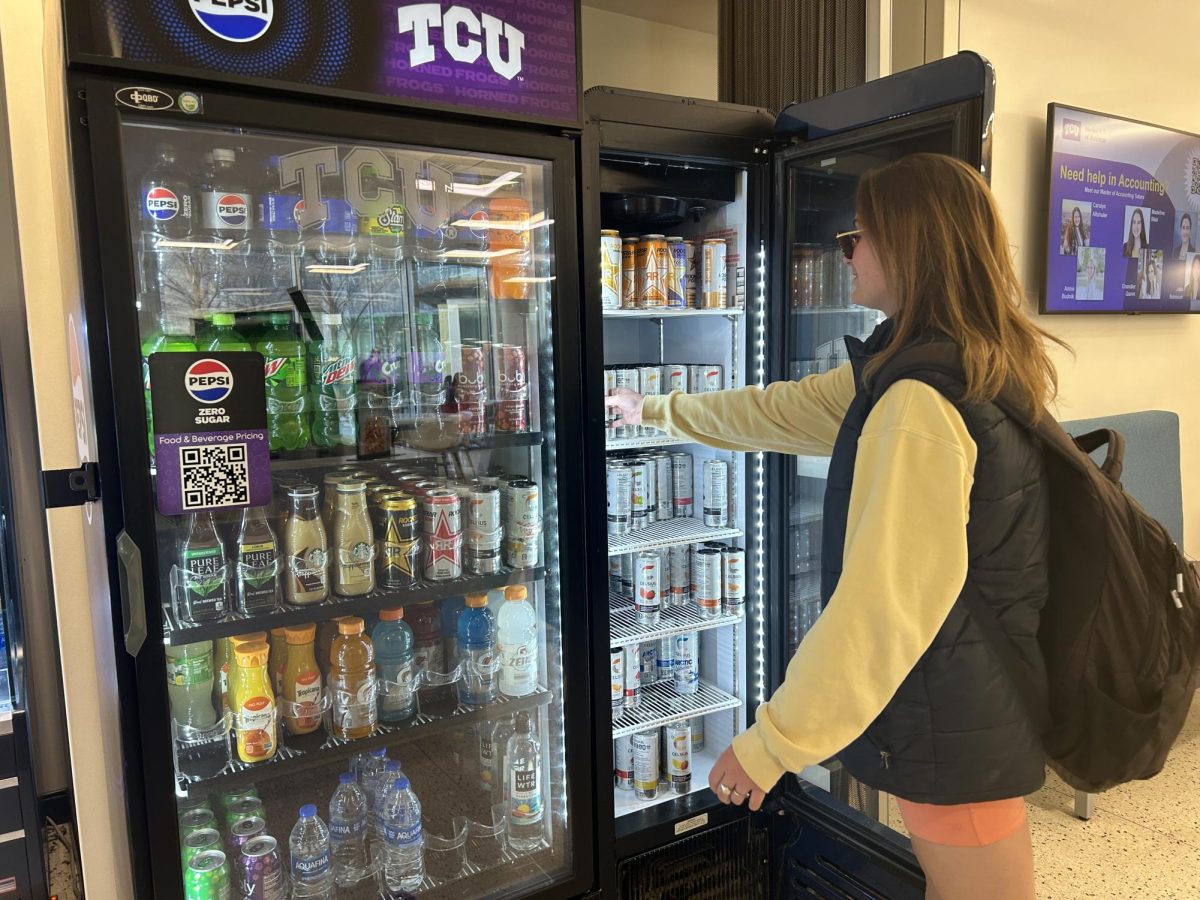Although the dance department is continuing tradition by presenting an end-of-semester performance, there’s something noticeably different about this fall’s show.Act II of the classic ballet “Giselle,” the second half of the production, will be performed in its entirety.
A restaging of a classical ballet like this has not been presented by the dance department for two years, since “Grand Pas Romantique” was performed in 2004, said Alicia McConnell, a junior ballet and radio-TV-film major.
“Giselle,” first produced in 1841 at the Paris Opera, is the story of a young girl named Giselle, who dies of a broken heart when she discovers that the man she loves, Albrecht, is betrothed to another girl, McConnell said.
Act II, which was restaged by professor of Professional Practice Li-Chou Cheng, takes place in a moonlit forest where the spirits of young women who died before their wedding days, called “Wilis,” prepare to initiate Giselle and kill Albrecht, McConnell said. Although Giselle cannot save herself from the Wilis, she does save Albrecht.
Domingo Estrada, a senior ballet and modern dance major, said restaging is simply taking a well-known ballet and presenting it years later at a different dance company.
Sometimes, the choreography will be altered in a restaging, but in a classic ballet such as “Giselle,” the choreography usually stays the same, said Estrada, who plays the role of Albrecht.
The first half of the production will feature three modern dance pieces, two of which were choreographed by TCU dance faculty.
“Pessoa,” choreographed by Susan Douglas Roberts, an associate professor of modern dance, is meant to convey human presence and absence. “Ode: Killer Bees, Y2K, and the Right to a Fully-automated Kitchen,” was choreographed by Andrea Harris, assistant professor of dance, and portrays fear in the American media, according to TCU’s Web site.
The third modern piece, “Chula,” was choreographed by guest artist Michelle Dexter, a professor at the University of Central Oklahoma, and features high-energy duo work, according to a press release.
Estrada said “Chula” has a very African, spiritual feel.
The two styles of dance featured in the first and second acts are completely different, said Krista Jennings, a junior ballet, modern dance and English major.
“People will get to see new, upcoming choreography and also the beginnings of ballet,” Jennings said. “It’s a good balance.”
The dancers have been rehearsing for the concert since early September, McConnell said.
McConnell, who is performing in both “Giselle” and “Ode,” said she spent as much as 13 hours per week in rehearsals.
Besides performing, Petrina Arneson, a junior ballet major, said the dancers will also be backstage working the lights and helping with costume changes during the show. Even the stage manager is a dance student, she said.
Jennings, who is performing in both “Giselle” and “Pessoa,” said the concert will show students how talented the dance department is.
“We have really amazing faculty members and dancers,” Jennings said. “People will be amazed to see what we can do.




